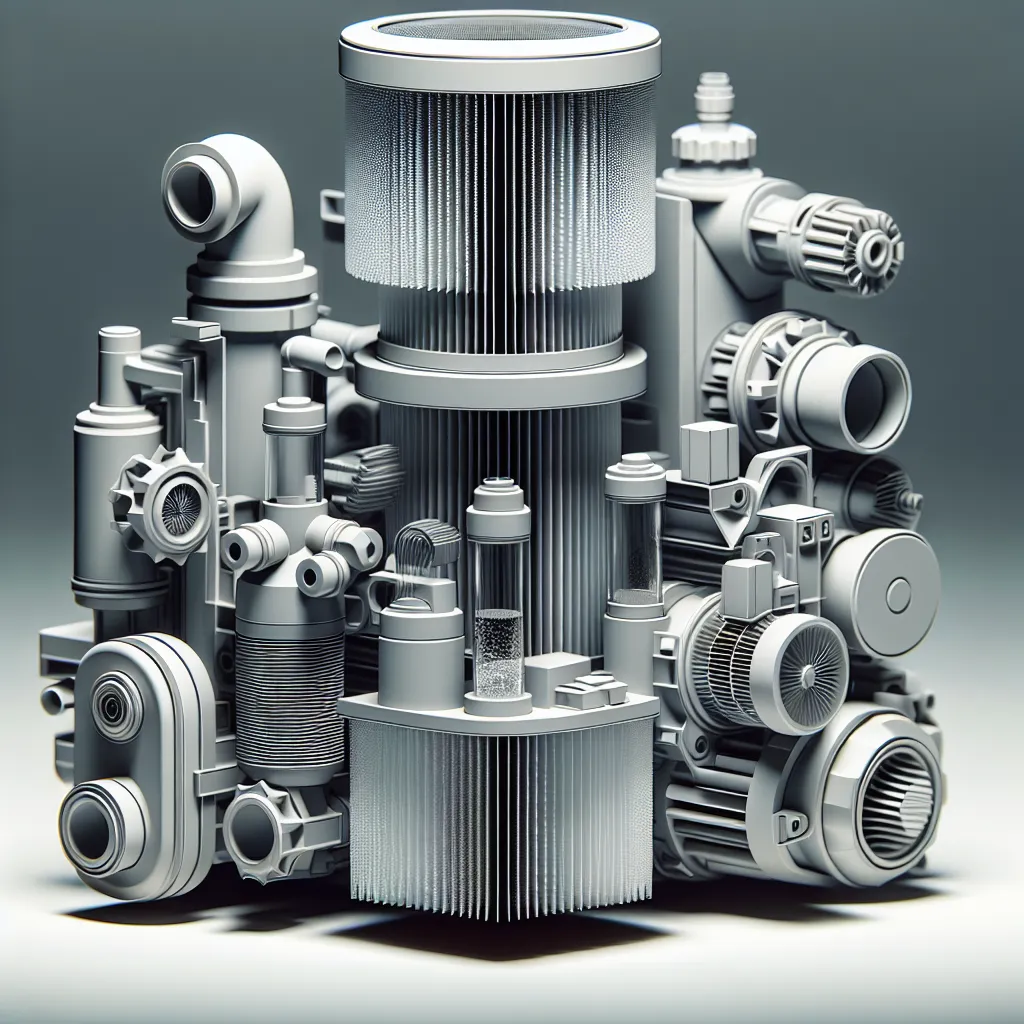The Role of Systems Thinking in Problem-Solving
The article explores the significant impact of systems thinking in problem-solving, highlighting its holistic approach in understanding and addressing complex issues. By embracing systems thinking, problem-solvers can gain deeper insights into the root causes of problems and identify leverage points for significant improvements. Furthermore, integrating systems thinking into problem-solving strategies emphasizes the importance of considering long-term consequences and unintended effects, leading to more sustainable solutions. The article also stresses the value of collaboration and interdisciplinary approaches, as well as proactive anticipation of potential future developments and challenges. Understanding the interconnected nature of problems and integrating systems thinking into problem-solving processes enables individuals and organizations to tackle complex issues with greater efficacy and foresight, ultimately leading to more innovative and robust solutions.












